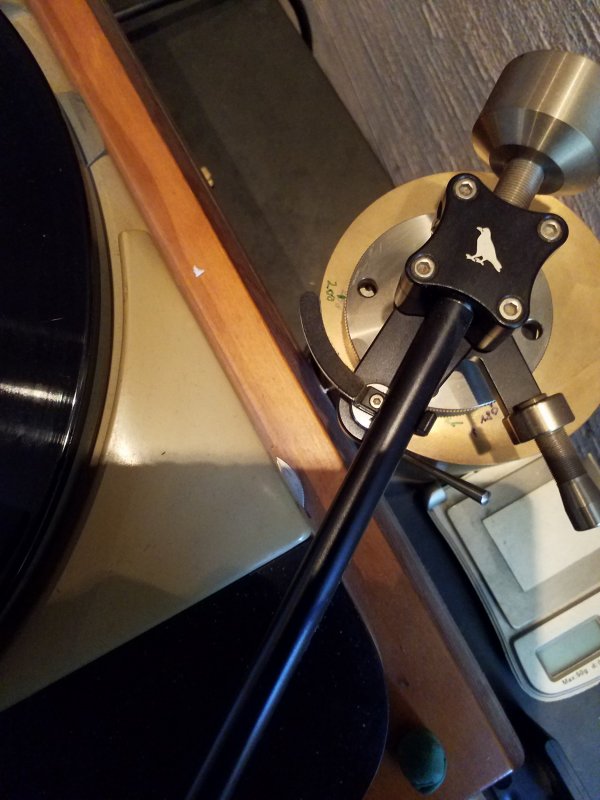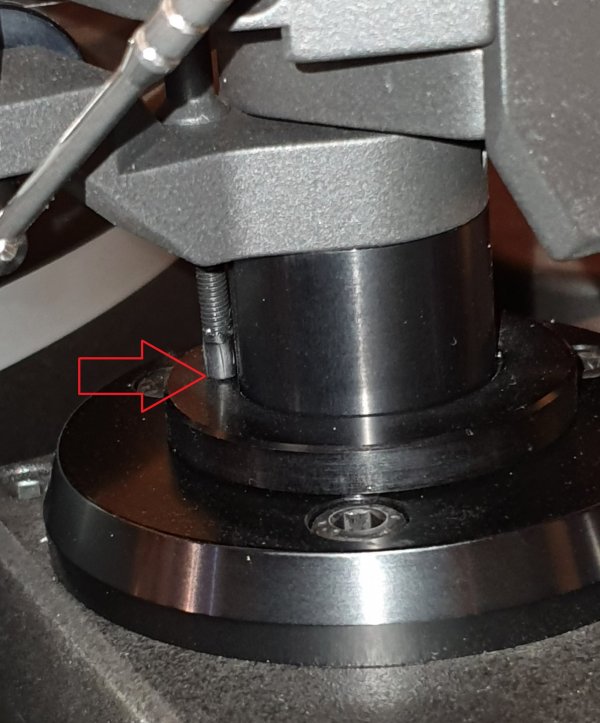That is a good question and one I touch on in my seminar on the seven alignment targets of analog optimization. I cannot recommend anybody to use VTA “on the fly“ because as you correctly state, it is never just the SRA or the VTA that is changing. (By the way, both of those are important for different reasons, and have their own target range.) The most notable parameter to change when you change the height of the tone arm at the pivot point is VTF. Not many tonearms have its center of gravity coincident with the horizontal pivot. Other arms will also change azimuth as you change the height of the arm. Certainly, the vector forces at play in the arm will change the furtherthe arm gets away from perfectly level. Changing the overhang isn’t an issue in this case IMO. Overhang is only the linear dimension at which the offset angle should be applied. The tiny changes in overhang from a change to the tonearm height of, say, 2 mm are tiny indeed and the principle impact is its affect on the tangency of the cantilever at the null points. To put this in perspective, a 0.25 mm change to overhang will change the cantilever angle at the outer null by 0.09° in at the inner null by 0.17°. Not noticeable for its visual error and hardly noticeable for its added distortion characteristics. if you haven’t watched my seminar on the Absolute Sound’s YouTube channel you might consider doing so. You can see the link to it from my video page on the WallyTools website here: https://www.wallyanalog.com/videosHere's a somewhat related but not often discussed question: it's proven that VTA adjustments will change cartridge alignment/offset. Is it important to re-check alignment after even small VTA adjustments?
Also related to this is that arms with the ability to alter VTA 'on the fly' typically have increased play which will again affect alignment. So you are not really changing only VTA!
There’s a good animation in the seminar so you can see what the mechanical cost is of having a VTA that is too high. Almost everybody is too high! Notice I am not talking about SRA! That’s got its own target range. The challenge is balancing the two since they obviously cannot be set independently. SRA does weight more heavily in an application ratio than VTA by my hypothesis but I can’t yet prove that. I know how to prove it but haven’t done the work yet. Zenith is still soaking up my attention.
my advice is to get your SRA between 90.5 and 92.5 and VTA under 20 degrees. These are DYNAMIC figures. Many of you won’t be able to do that because cartridge manufacturers often use ridiculously high VTA in response to unreasonable demands to improve tracking ability which in itself is a misunderstanding of what causes mistracking – almost always, the tonearm, not the cartridge, causes poor tracking but cartridge manufacturers can increase the vector force of the stylus cantilever assembly downward by lifting the VTA. The mechanical cost can be seen in my seminar.
Last edited:







